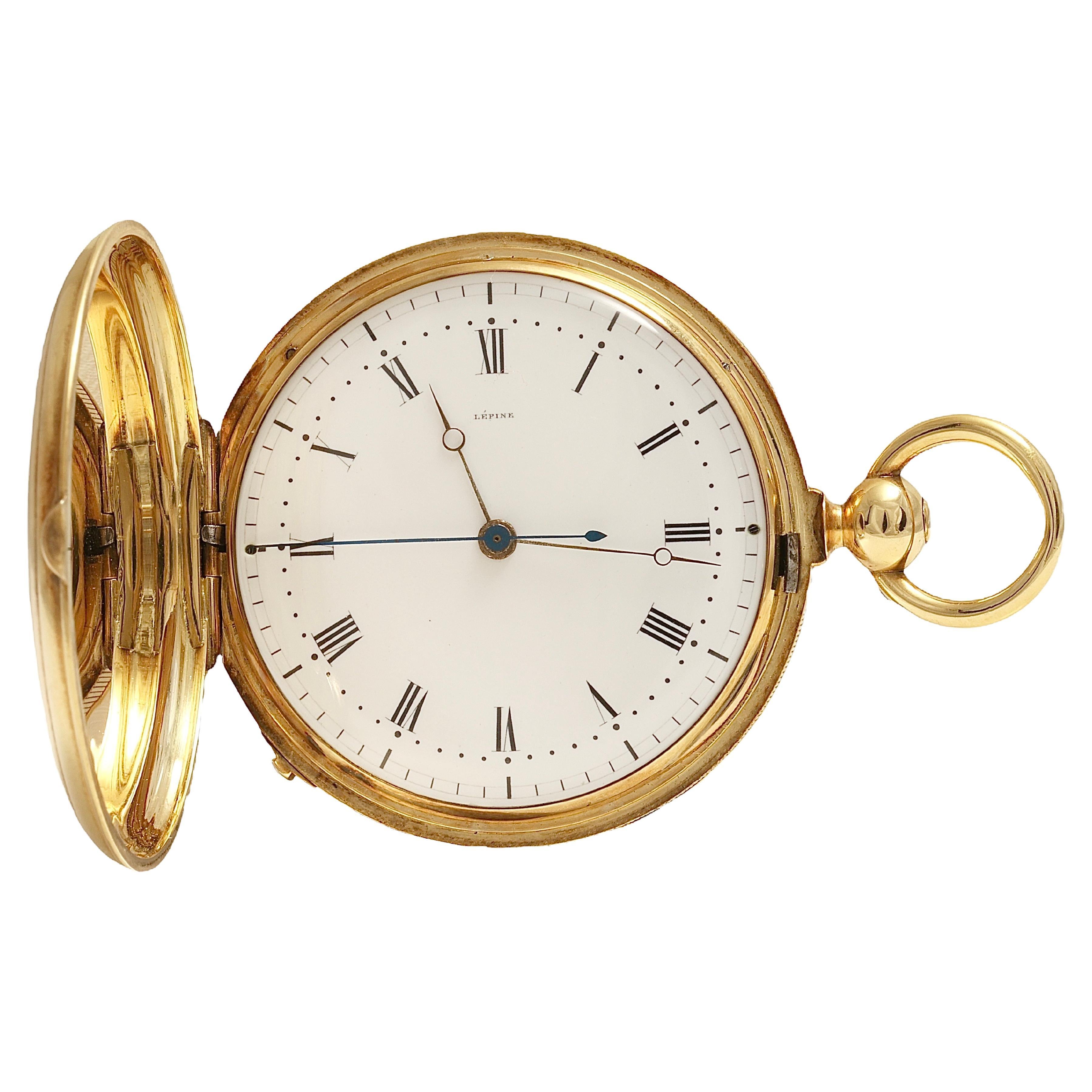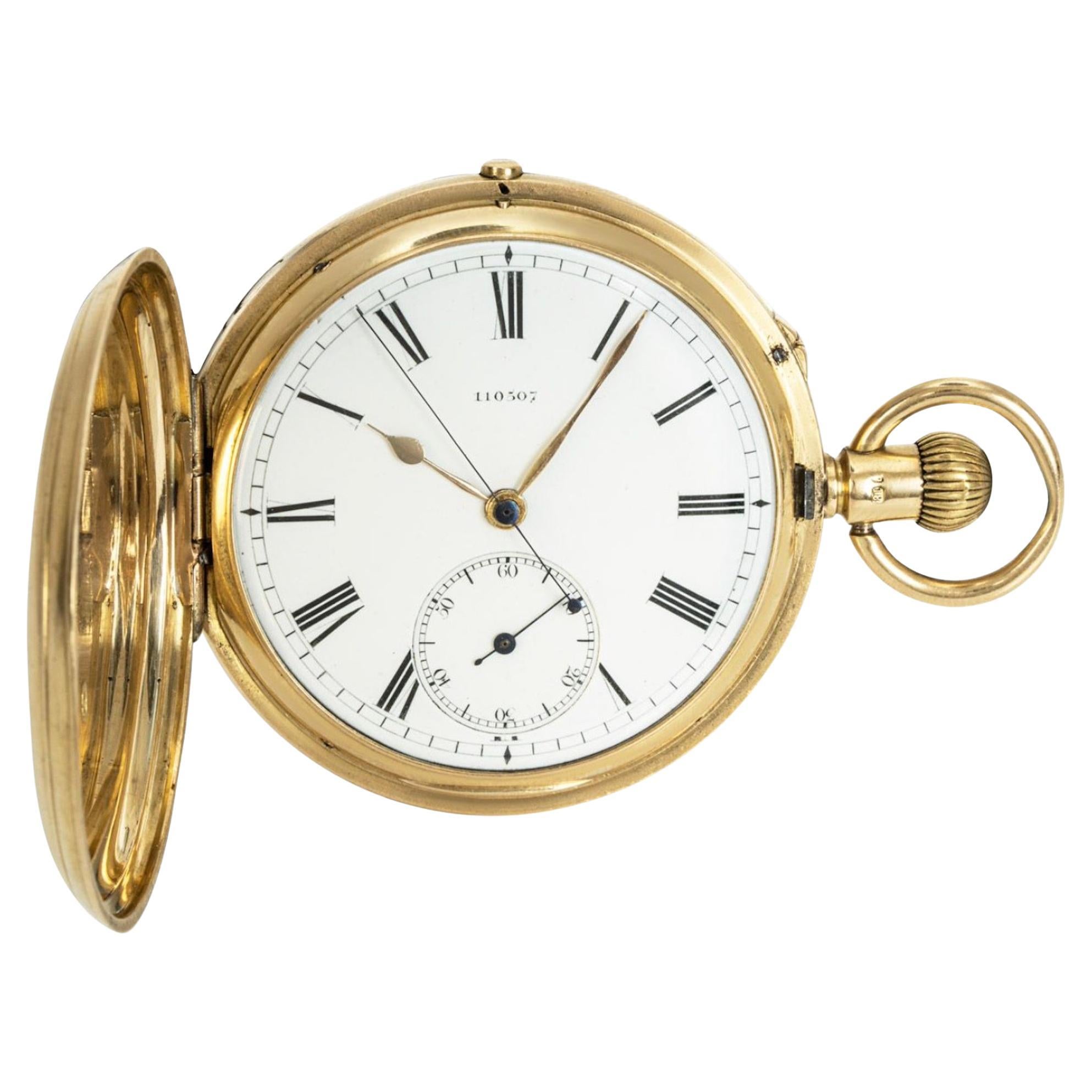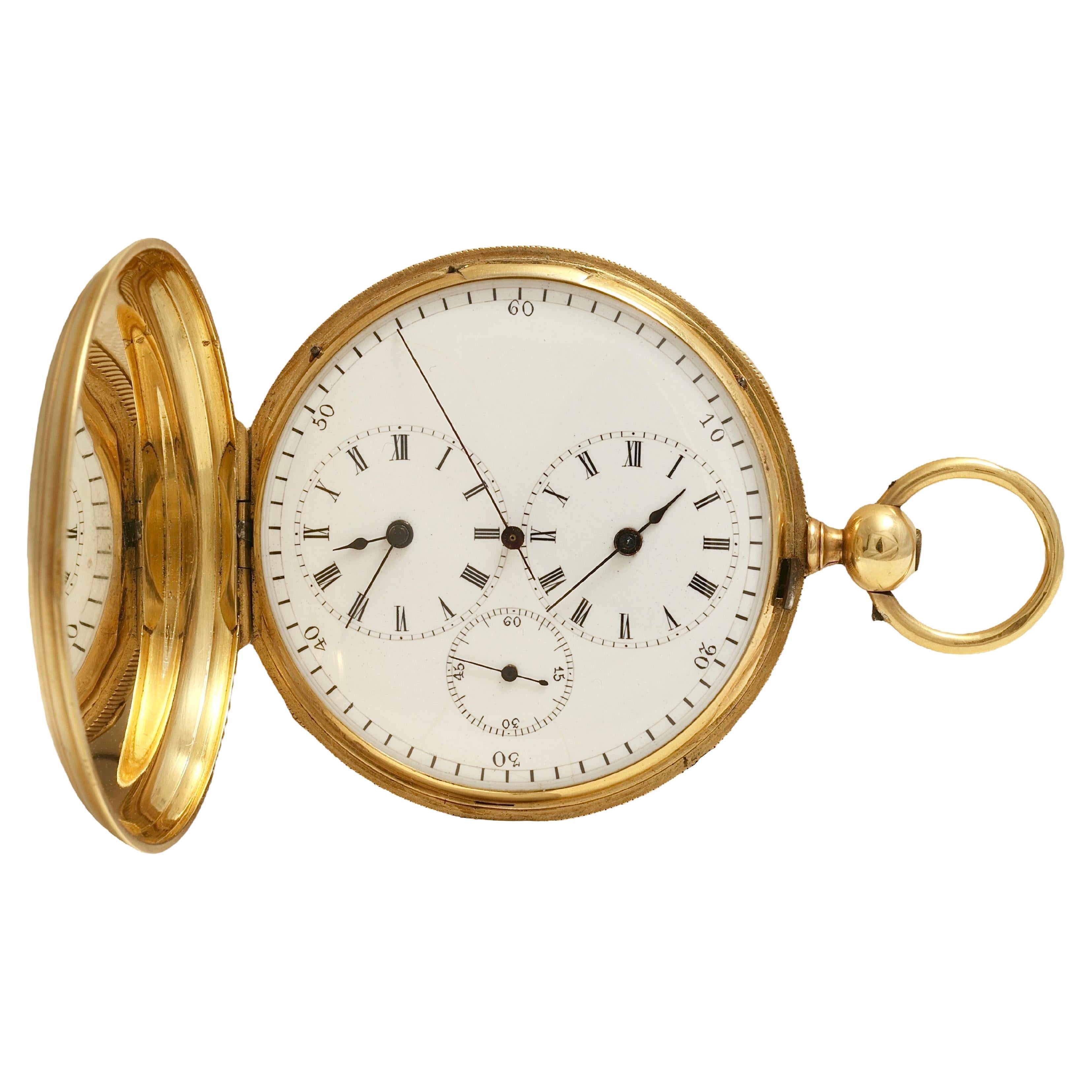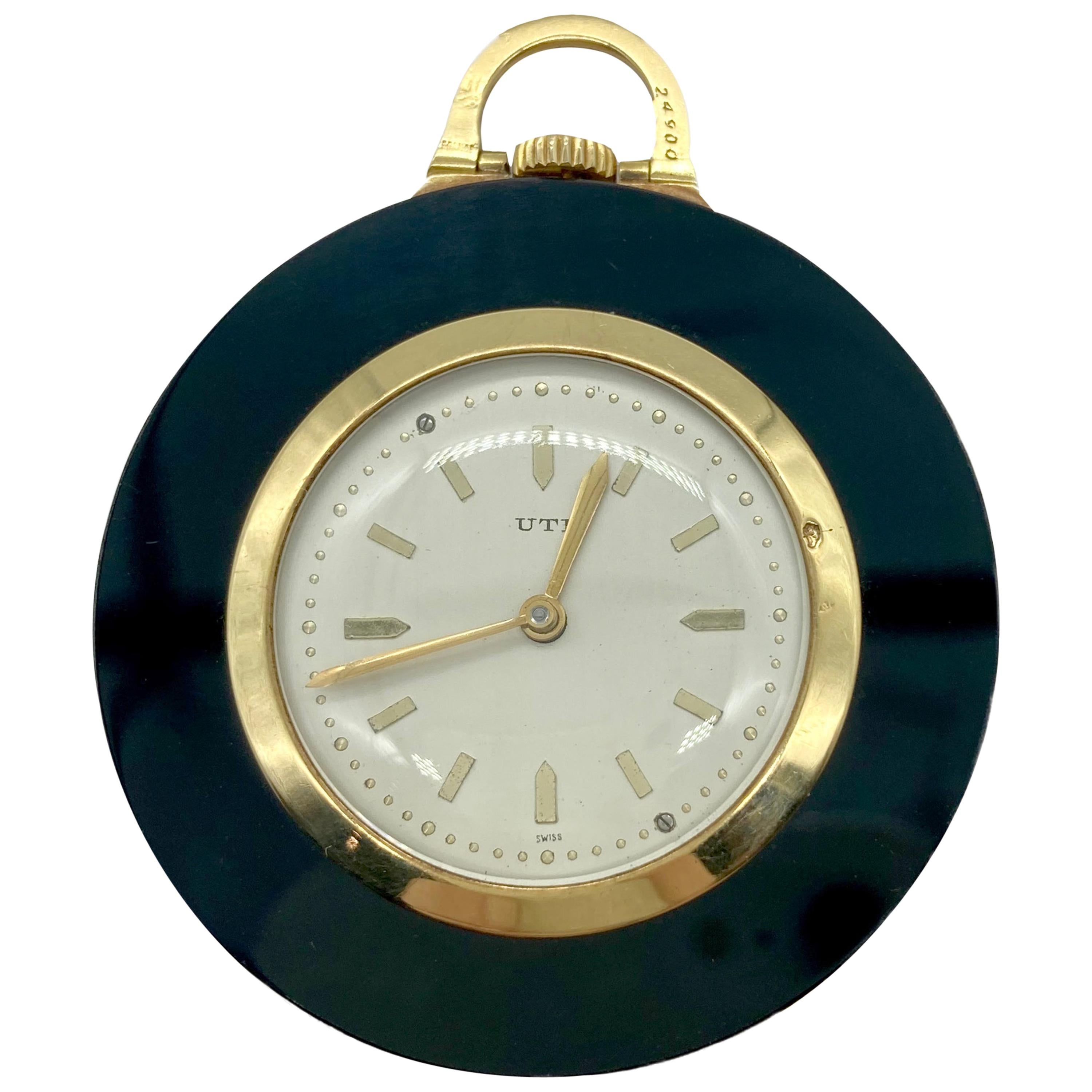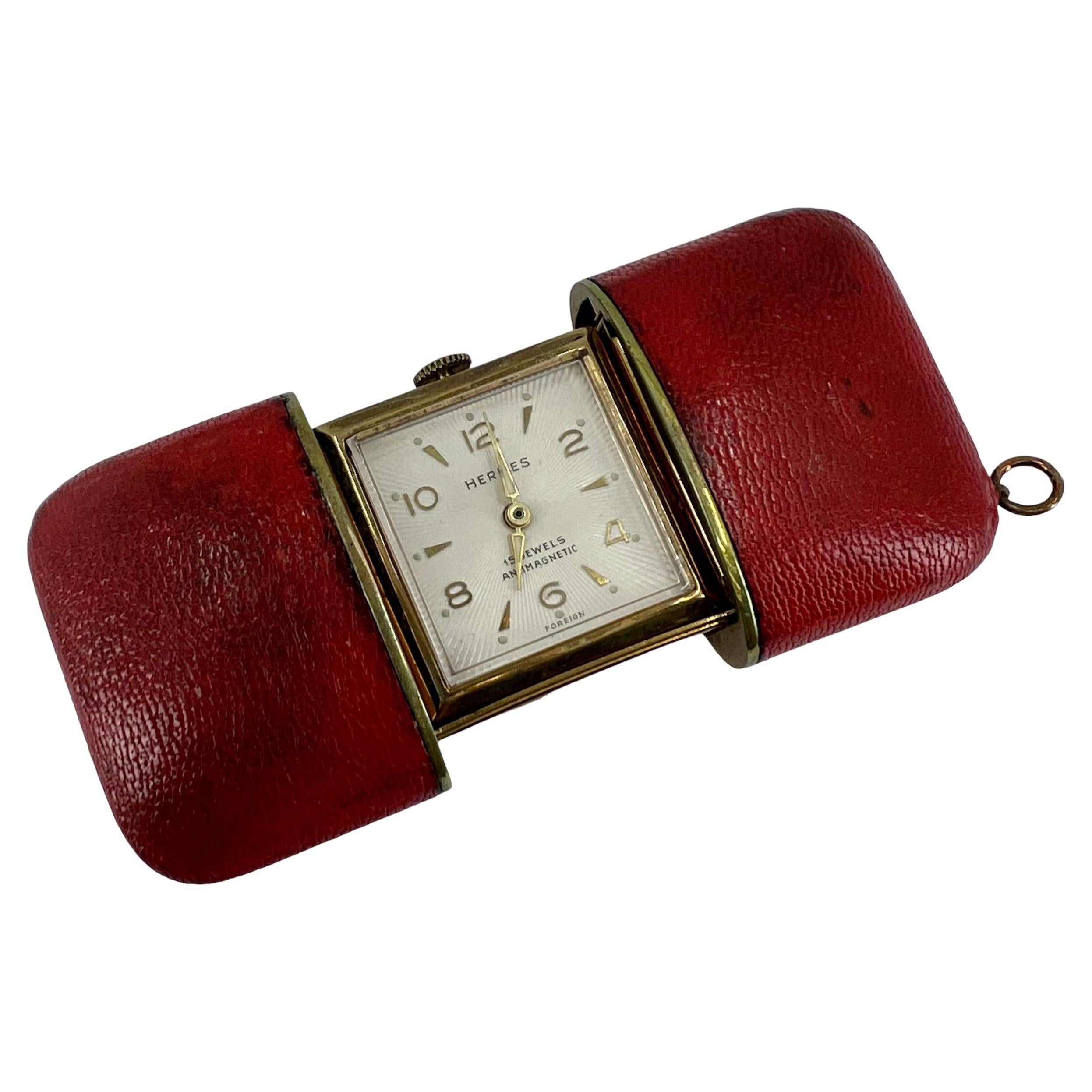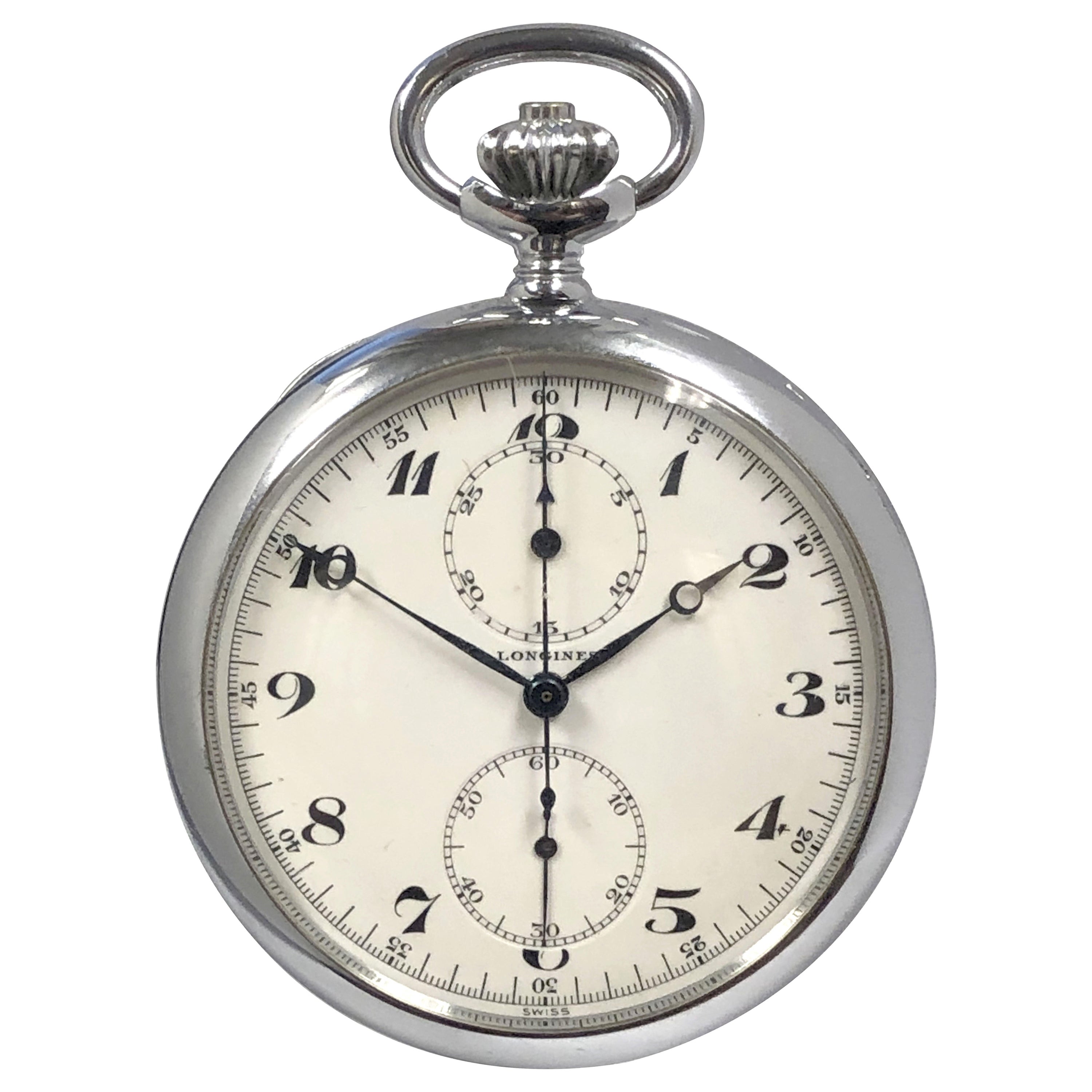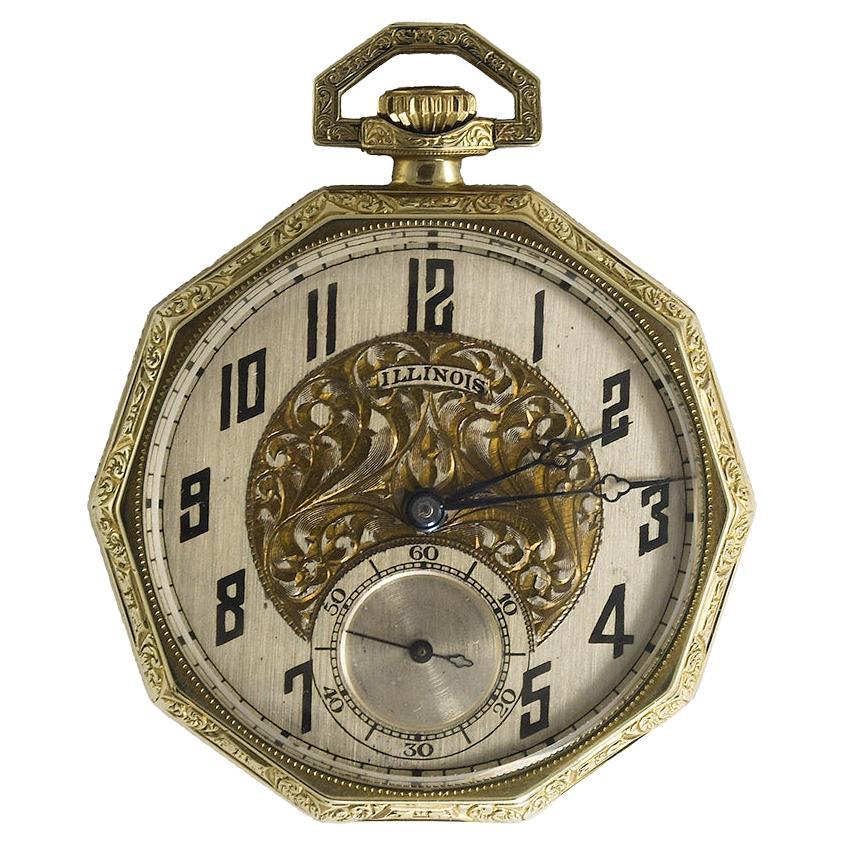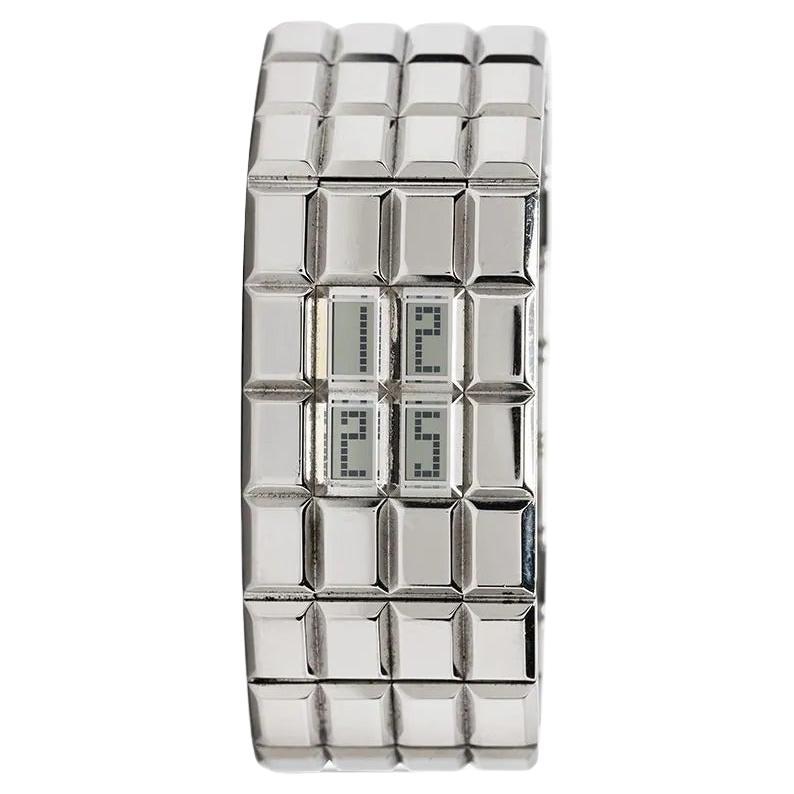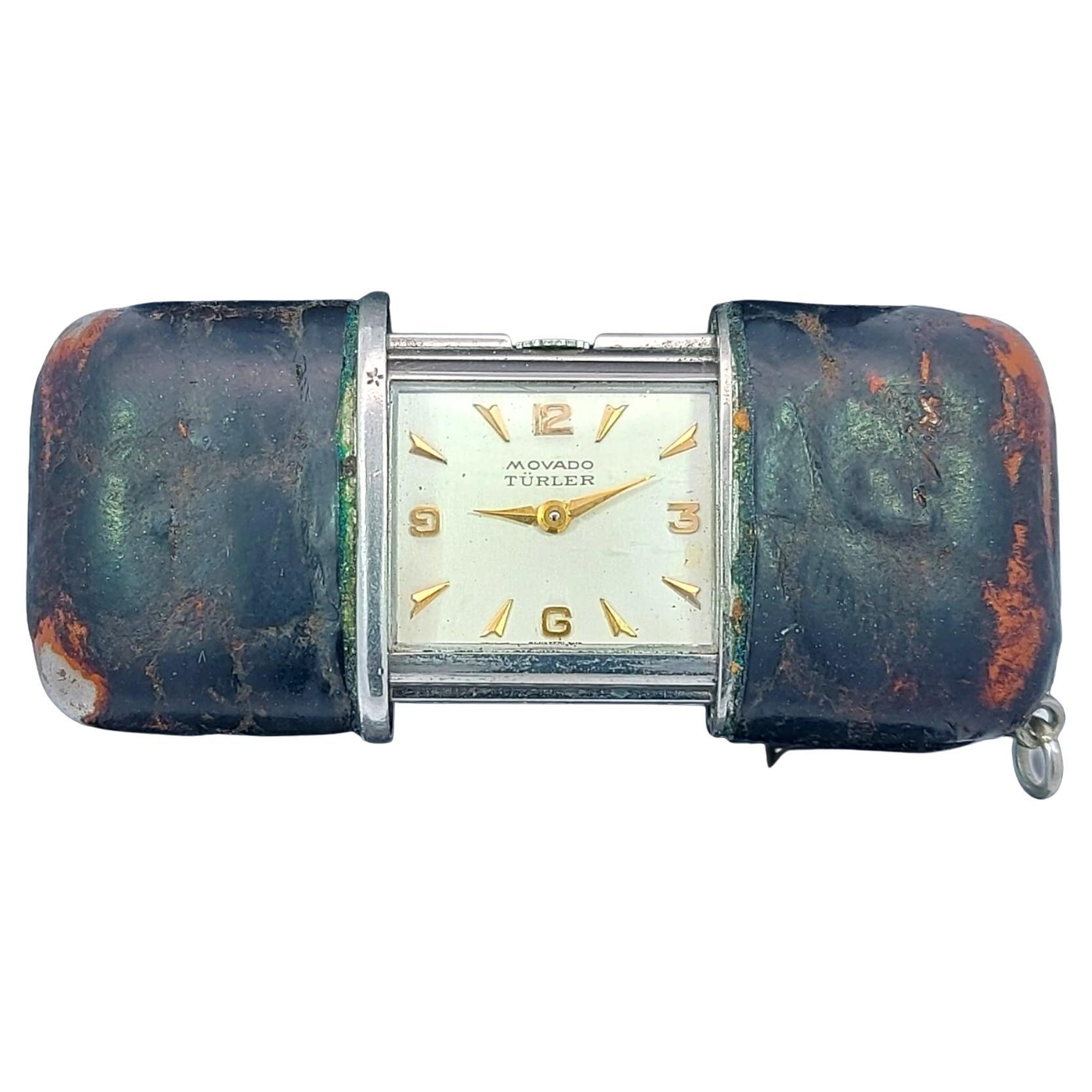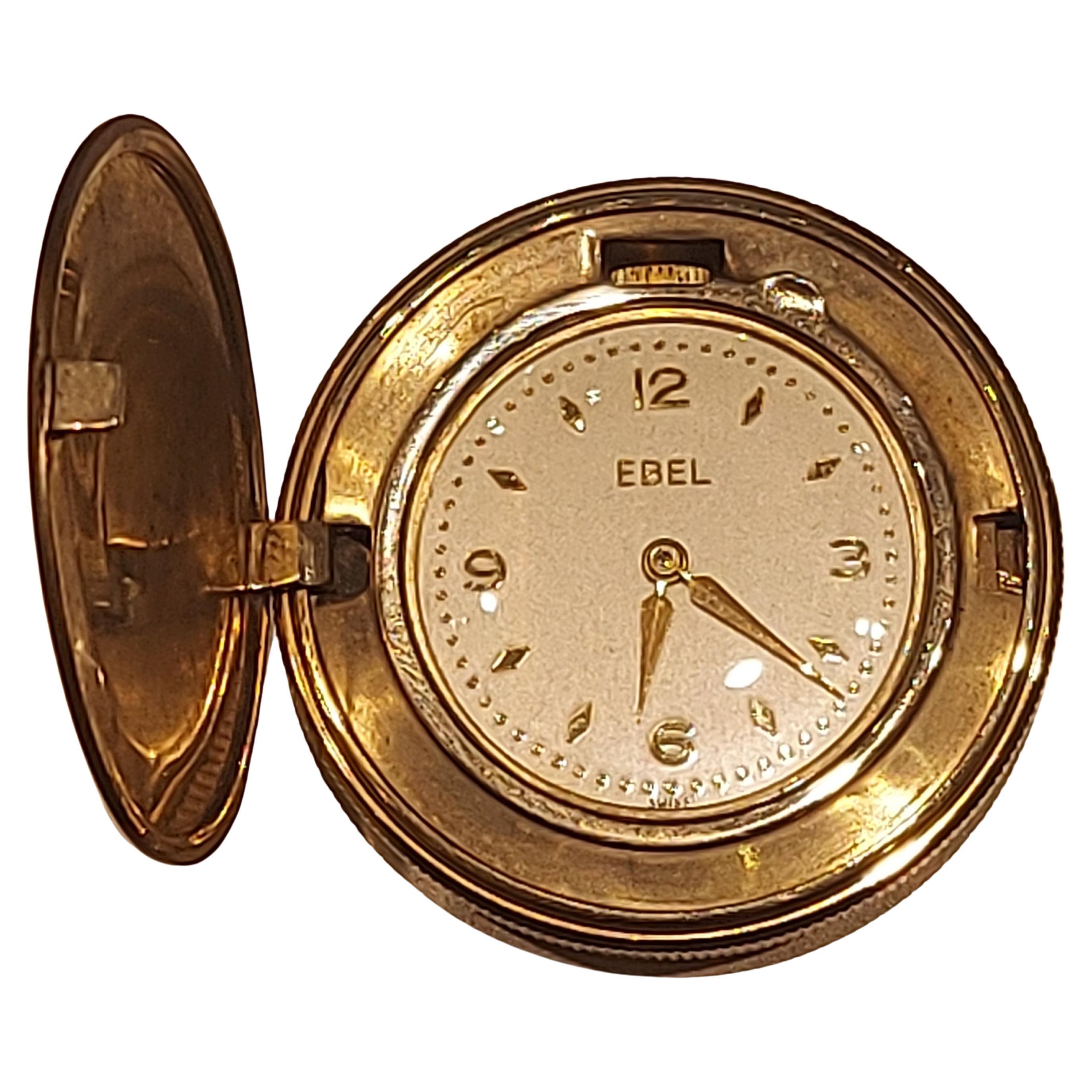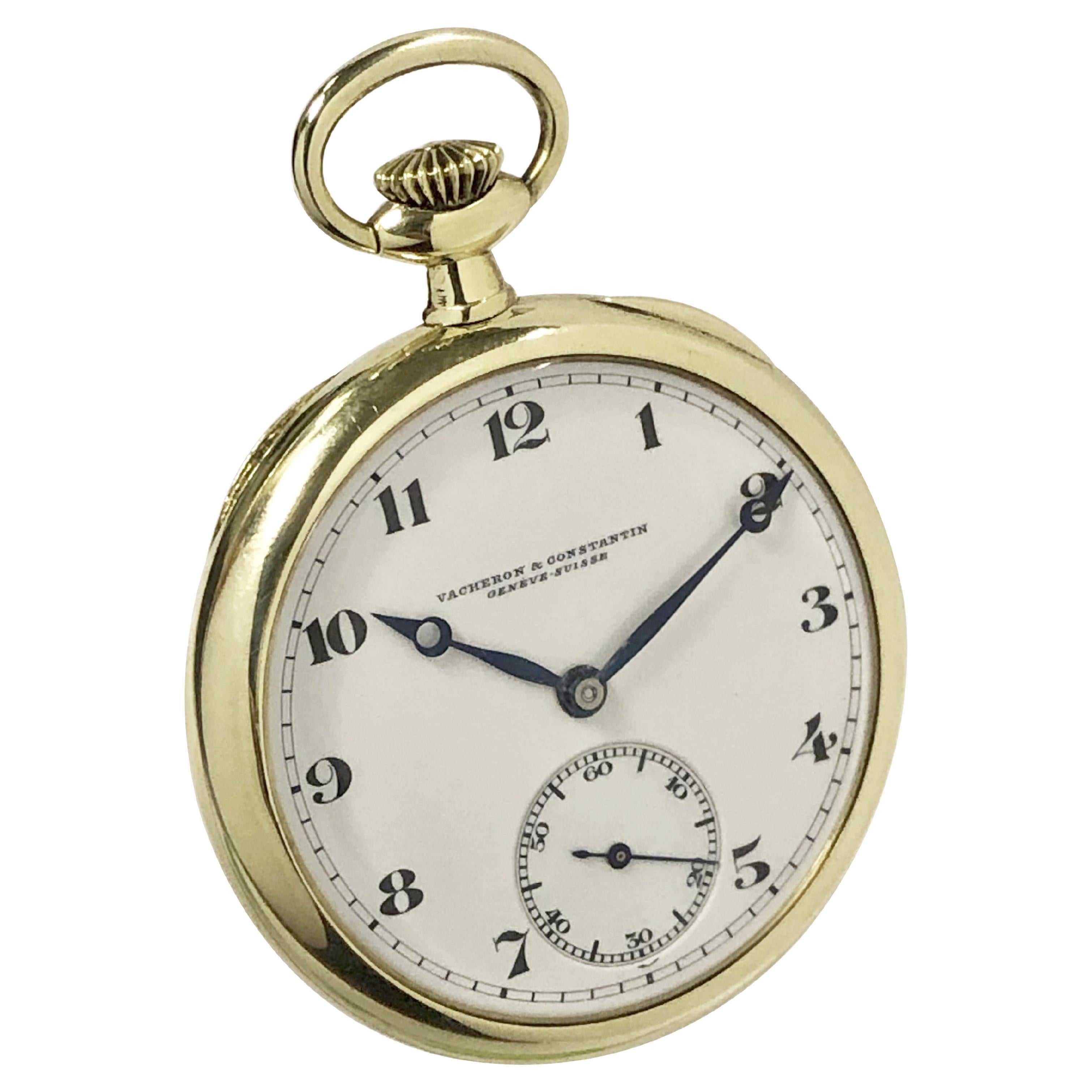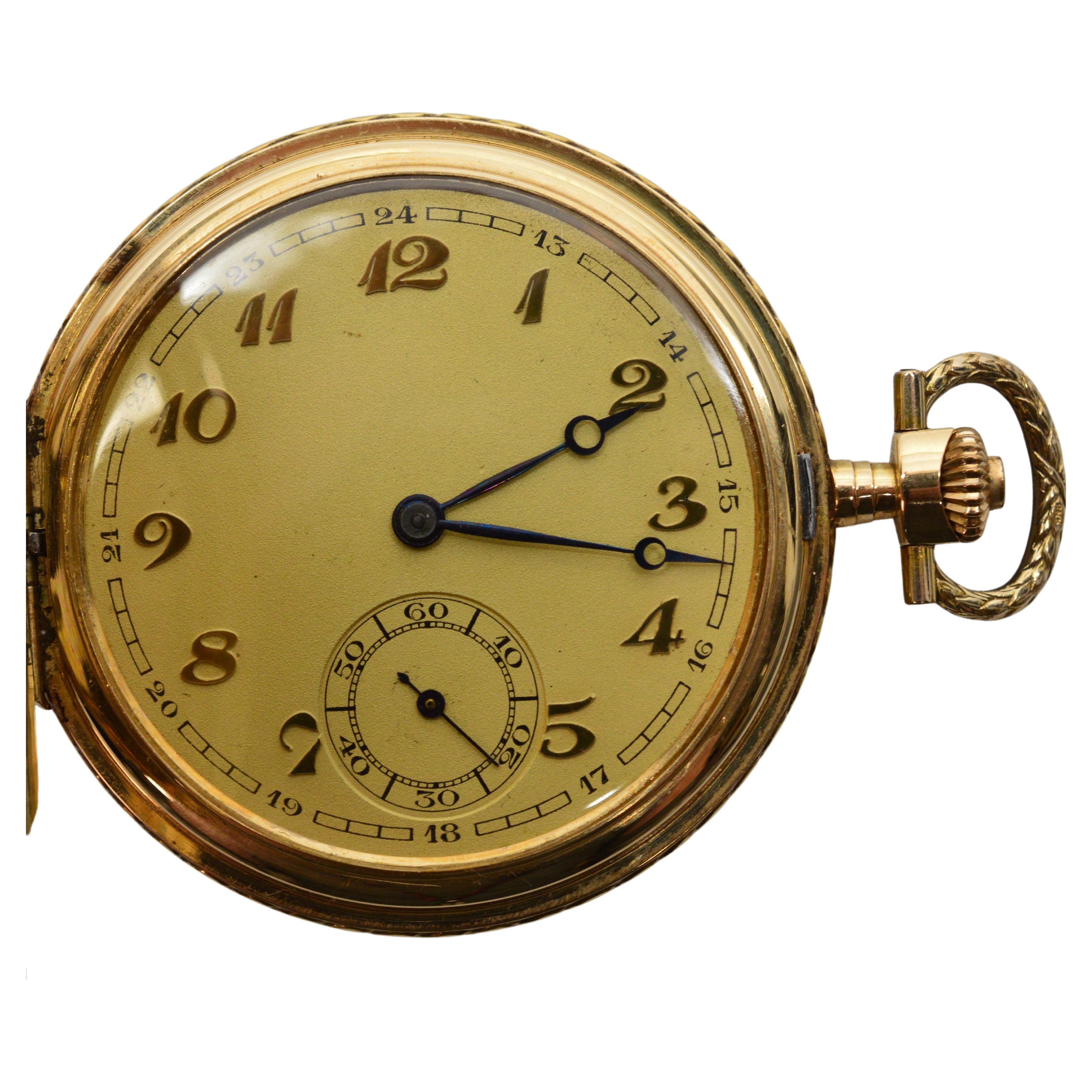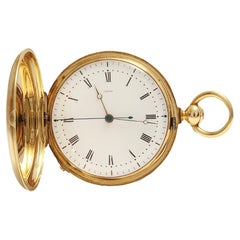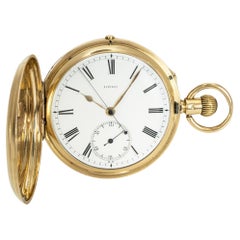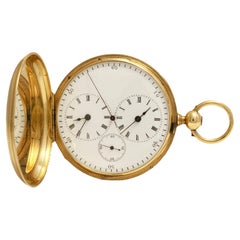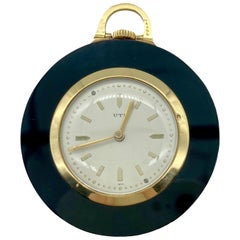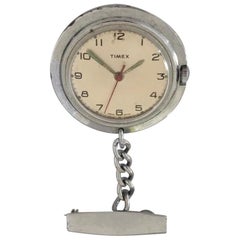
Vintage Nurses Watch with Swift Second
View Similar Items
1 of 8
Vintage Nurses Watch with Swift Second
$101.43List Price
About the Item
- Case Material:
- Period:
- Date of Manufacture:1970's
- Condition:Wear consistent with age and use.
- Seller Location:Carlisle, GB
- Reference Number:1stDibs: LU141228172431
Authenticity Guarantee
In the unlikely event there’s an issue with an item’s authenticity, contact us within 1 year for a full refund. DetailsMoney-Back Guarantee
If your item is not as described, is damaged in transit, or does not arrive, contact us within 7 days for a full refund. Details24-Hour Cancellation
You have a 24-hour grace period in which to reconsider your purchase, with no questions asked.Vetted Professional Sellers
Our world-class sellers must adhere to strict standards for service and quality, maintaining the integrity of our listings.Price-Match Guarantee
If you find that a seller listed the same item for a lower price elsewhere, we’ll match it.Trusted Global Delivery
Our best-in-class carrier network provides specialized shipping options worldwide, including custom delivery.You May Also Like
18 Kt Yellow Gold Lepine Pocket Watch, Second Morte, Double Barrel, Collector
Located in Antwerp, BE
18 Kt Solid Yellow Gold Lépine pocket watch Second Morte & Double Winding Barrel, Chronograph in Amazing Collectors Condition
Function : Seconde Morte with Stop function which was used as chronograph seconds counter
Movement : Mechanical Manual Winding with Double Barrel Winding !!!!!!!!!!!
Dial : Enamel
Case: 48 mm, thickness 11.5 mm
Total weight: 97.2 gram / 3.430 oz / 62.5 dwt
Jean-Antoine Lépine (alternatively spelled L’Pine, LePine, Lepine, L’Epine, born Jean-Antoine Depigny; 18 November 1720 – 31 May 1814) was a French watchmaker. He contributed inventions which are still used in watchmaking today and was amongst the finest French watchmakers, who were contemporary world leaders in the field.[1]
Beginnings and appointment as clockmaker to the King
Since his childhood the horologist showed an inclination towards mechanical, beginning his horological career and making fast progress, in particular, under the direction of Mr. Decroze, manufacturer of Saconnex watches,[2] in the suburbs of Geneva (Switzerland).
He moved to Paris in 1744 when he was 24 years of age, serving as apprentice to André-Charles Caron (1698–1775), at that time clockmaker to Louis XV. In 1756 he married Caron's daughter and associated with him, under "Caron et Lépine", between 1756 and 1769.[3] Watches with a signature Caron et Lépine or equivalent are not known; apparently Lépine was independent to a certain extent. As early watches were not numbered, it is uncertain when Lépine began to sign watches with Lépine à Paris on the movement and partially L'Epine à Paris on the dial.
On 12 March 1762, he became maître horloger (master horologist) and probably since that year he was teacher of Abraham-Louis Breguet, to whom he had a business relation over many years. In the Breguet archive many watches are recorded as delivered by Lépine.
In 1765 or 1766 (precise date not known), he was appointed Horloger du Roi (Clockmaker to the King).
In 1766 he succeeded Caron, and appeared on the list of Paris clockmakers of that year as Jean-Antoine Lépine, Hger du Roy, rue Saint Denis, Place Saint Eustache. Ten years later, in 1772, he established himself in the Place Dauphine; in 1778-1779, Quai de l’Horloge du Palais; then in the rue des Fossés Saint Germain l’Auxerrois near the Louvre in 1781; and finally at 12 Place des Victoires in 1789. In 1782, his daughter Pauline married one of his workmen, Claude-Pierre Raguet (1753–1810), with whom he formed a partnership in 1792.
He was also associated for a certain period with the philosopher Voltaire, at his watch manufactory set up in 1770 at Ferney. It is not known the exact role he played in the Ferney Manufacture royale, either technical director and/or associate. However, most ebauches for his watches were made there, at least between 1778 and 1782. An unsigned memoir of 1784 reports that Lépine stayed in Ferney for 18 months and that he had watch movements made there with a value of 90,000 livres a year.
As a clock and watchmaker to Louis XV, Louis XVI and Napoleon Bonaparte, Lépine's creations were well respected and in demand.[3]
1764/65: Invention of the revolutionary Lépine calibre
Lepine Caliber IIA with Quarter Repeater Complication shared with Abraham Breguet
Lepine Cuvette
Lepine Caliber IIA with Quarter Repeater. Also made by Lepine for Breguet watches.
Around 1764/65, he devised a means of manufacturing a pocket watch that could be thinner, favouring the onward quest for further miniaturization. His radical design broke with a 300-year tradition and ushered in the age of precision timekeeping, the modern pocket...
Category
Antique 19th Century French Artisan Pocket Watches
Materials
Yellow Gold
Rare Heavy 18CT Gold Keyless Lever Independent Second Full Hunter Pocket Watch
Located in Mayfair, London, London
W. Ehrhardt. A Rare Heavy 18ct Gold Keyless Lever Independent Seconds Full Hunter Pocket Watch C1884.
Dial: The white enamel numbered Roman Dial with outer minute track subsidiary seconds dial at six o'clock with gold coloured hands and blued steel seconds hand.
Case: The heavy English hallmarked 18ct yellow gold case engine turned to the front and back cover with vacant cartouche to the front cover. The plain inner cover opens to reveal the movement. The cases are Birmingham hallmarked for 1884.
Movement: The rare and interesting three quarter plate keyless lever movement fully jewelled to the centre arbor numbered and signed W. Ehrhardt London. There is a double barrel in the movement which enables the watch to have an independent stop seconds which can be stopped at random without stopping the watch.
This watch was an early form of doctors watch...
Category
Antique Late 19th Century German Pocket Watches
Materials
Gold, 18k Gold
18 kt. Gold Dual Time, Dead Beat Second, Double Barrel A.Perret Pocket Watch
Located in Antwerp, BE
18 kt. Gold Dual Time, Dead Beat Second, Double Barrel Pocket Watch A.Perret
Movement: Mechanical with manual winding
Functions: hours,minutes, Dead Second Beat and sweep second; ...
Category
Antique 19th Century Swiss Artisan Pocket Watches
Materials
Gold, 18k Gold
Vintage UTI Skeleton Pocket Watch with Onyx and Rubies
Located in New York, NY
A stunning 42mm pocket watch by UTI Paris in yellow gold and onyx, encircled by 44 rubies on its sides. Circa 1960s. An open skeleton back reveals the movement.
Category
Vintage 1960s French Pocket Watches
Materials
Onyx, Ruby, Yellow Gold
Vintage Hermes Travel Watch C.1960s
By Hermès
Located in Beverly Hills, CA
A rare time piece by Hermes, a vintage travel watch. The watch set ina red leather case equipped with a slide opening mechanism.
The face is square shape, with a white dial and gold alpha shaped hands. Gold Arabic numerals alternate with gold sticks topped with the white dots.
The case’s back is rib textured metal, with a few engraved initial letters and a date “17/3/66.” This vintage Hermes...
Category
Vintage 1960s French Pocket Watches
Longines Vintage Steel Chronograph Pocket Watch with Original Box and Papers
By Longines
Located in Chicago, IL
Circa 1930 Longines Chronograph Pocket Watch, 51 M.M. Stainless Steel 3 Piece case with inside dust cover, 17 Jewel Caliber LXW nickle lever movem...
Category
Vintage 1930s Swiss Pocket Watches
Materials
Steel
Recently Viewed
View AllMore Ways To Browse
Nurses Watch
Ball Pocket Watch
Chain Driven Watch
Elgin Pocket Watch 1900
Hamilton Pocket Watch Grades
Ladies Pocket Watch Enamel
Oldest Pocket Watch
Patek Philippe Chronograph Pocket Watch
Patek Philippe Geneve Roman Numerals
Philippe Wolfers Jewelry
Victorian Ladies Watch
Antique Elgin Pocket Watch 15 Jewels
Antique Enameled 14k Gold Diamond Watch
Antique Hamilton Pocket Watch
Antique Moon Phase Pocket Watch
Art Nouveau 14k Pocket Watch
Audemars Freres
Le Coultre Pocket Watch
